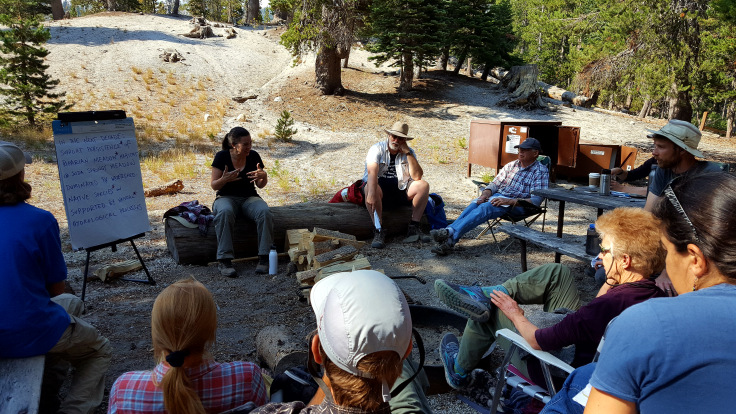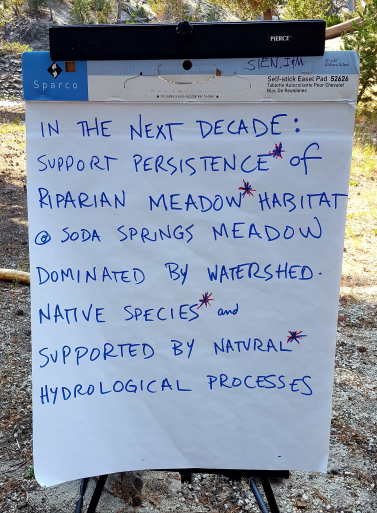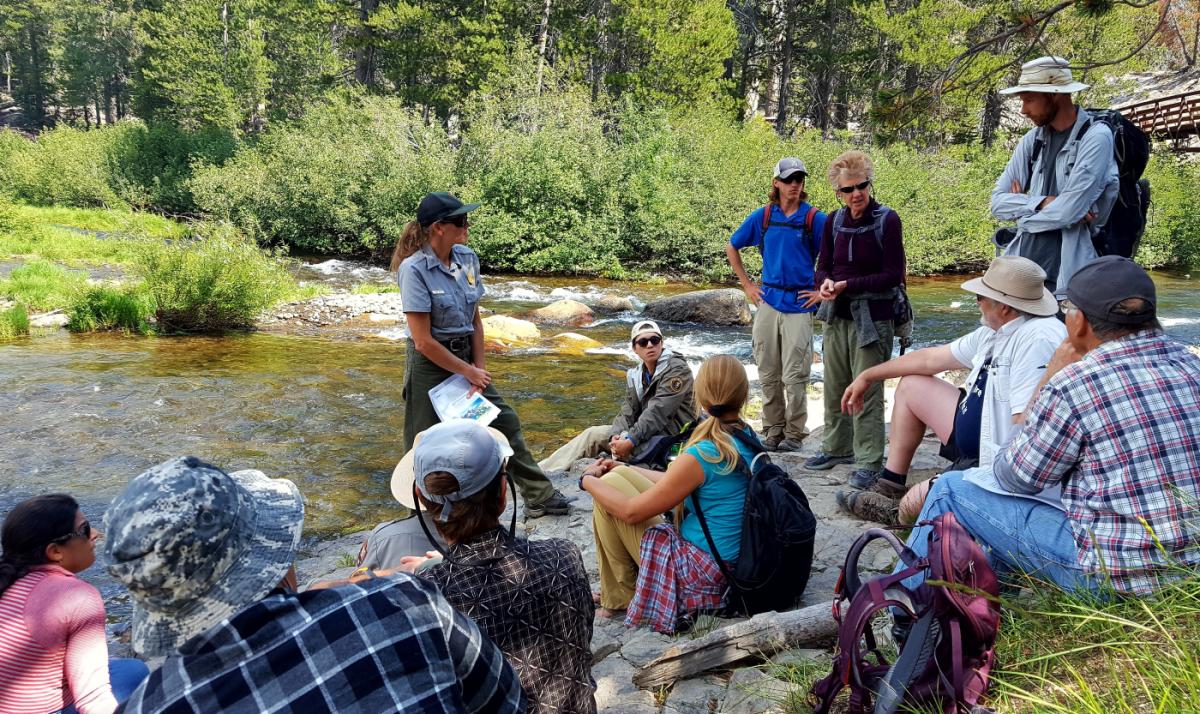Uncovering the social fabric of national park management
Add Summary

May 23, 2018
Sophia Chau is a PhD student with Jianguo (Jack) Liu. She studied environmental science at the University of Notre Dame. She also spent some time in California working for the National Park Service’s Climate Change Response Program.
Hi again! By now, you’re probably wondering when the exciting stuff will happen. When will Sophia do research instead of just talking and writing about what she might do? I get the sense my lab mates are thinking the same thing—they’ve been asking me if I plan to do fieldwork this summer. Not to worry!
I will be heading back to the Sierras next month to speak with natural resource managers in national parks. Through my interviews with them, I am hoping to better understand how their decisions and actions are influenced by whom they know and interact with, or their social network. A social network can be thought of as a social fabric. The fabric is held together by threads, which represent ties between individuals. The threads of the fabric can be loosely or tightly knit, made of one or multiple materials, be thick or thin, or anything in between. These characteristics can represent who knows (is connected to) whom, how often they interact, and the diversity of people involved.

Last summer, park managers, scientists and interns came together to discuss ways to manage Soda Springs Meadow under climate change during a workshop at Devils Postpile National Monument
The structure of a social network can facilitate and/or hinder the decisions and actions of individuals in the network. For example, if a group of close friends and acquaintances were put in a room and tasked with solving a puzzle, the friends might be expected to choose to work together and solve the puzzle much faster than if each worked alone or with their acquaintances. On the other hand, if there is tension between the friends, having them work together might actually hurt their collaboration. Or if the group of friends becomes stumped, they might reach out to an acquaintance for a new perspective, which could be the start of a new friendship.
In a similar way, addressing climate change in national parks is a complex problem that requires many different kinds of stakeholders working together and learning from each other. These stakeholders can include park managers, indigenous communities, scientists from other federal agencies and academic institutions, and members of gateway communities. How these people are tied together (or not) in the social fabric can enable or constrain effective adaptation. Additionally, the need to respond to climate change may be shifting the social fabric of park management

A shared vision for a thriving Soda Springs Meadow
Are new collaborations forming as a result? Who is not represented at the decision-making table but should be? How do characteristics of the social fabric influence adaptation efforts and outcomes? Do individuals who are socially connected also manage natural resources that are inherently connected (e.g., rivers, lakes, and fish in a watershed)?
The answer to these questions could help identify leverage points to bridge key stakeholders and foster collaboration and learning to facilitate effective adaptation in national parks.

Park manager



 Print
Print Email
Email




